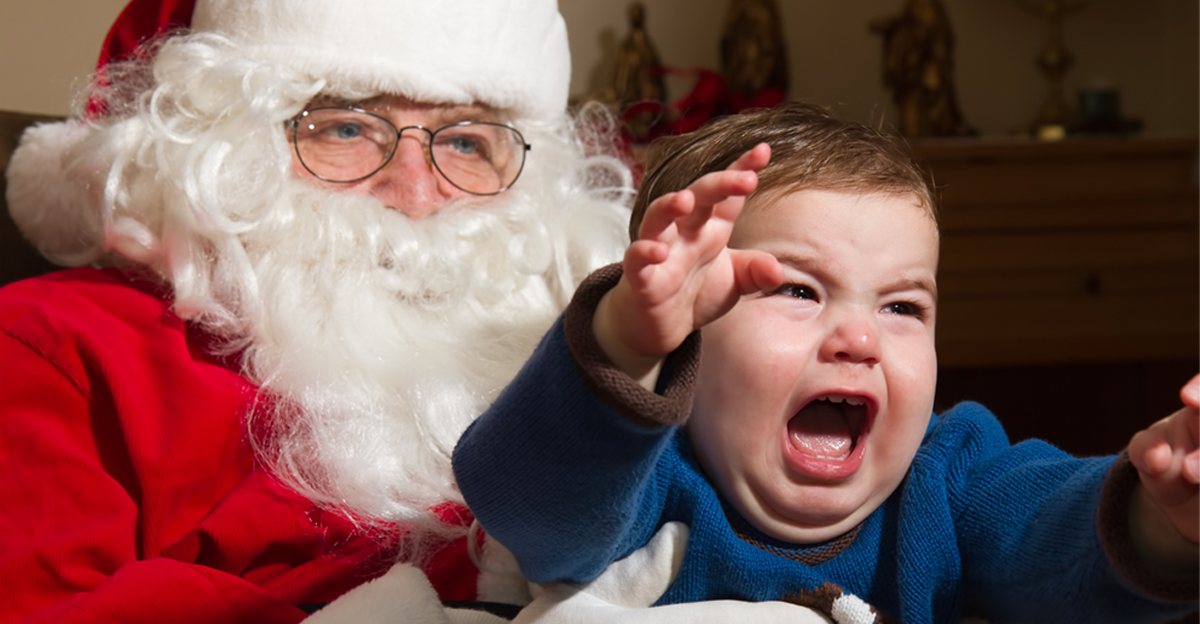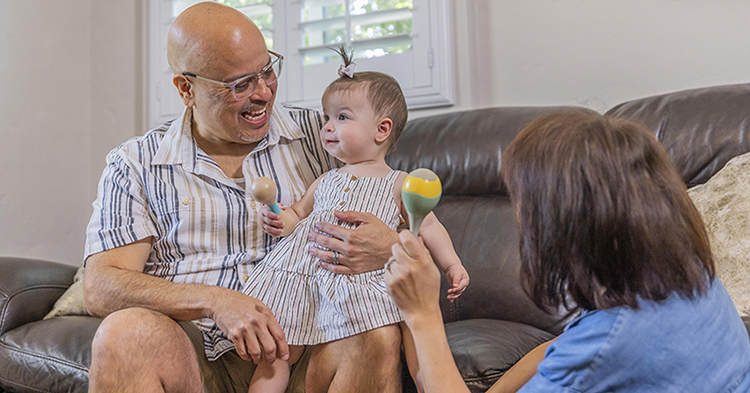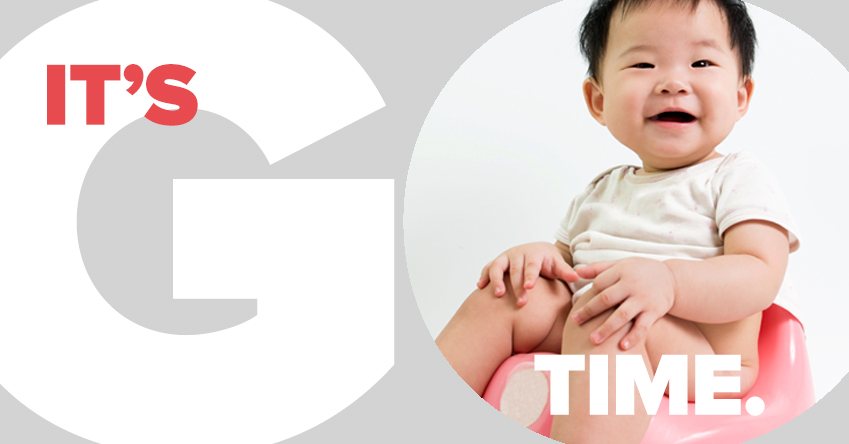
For many families, having their child’s picture taken with Santa Claus is a holiday tradition. The jolly old elf makes himself available at shopping centers and stores, and folks line up for their turn.
Some young kids are thrilled by the chance to share their Christmas wish list with him, but for others, Santa is a scary dude. Being handed over to him, away from the comfort of a parent, can turn an Instagram moment into a freak out.
More and more, such set-ups involve side-by-side chairs or benches instead of Santa’s lap, and that can reduce some of the situational stress for little ones. And that is what’s behind the big emotions that some young children display with Santa — stress.
Stranger Distress
The stress young children may feel around Santa or other strangers is perfectly normal. It’s related to the emotional attachment they form with their parents or primary caregivers. They naturally want to stay close to the ones who meet their needs and make them feel safe and secure.
“I hate the terms stranger anxiety and separation anxiety,” says Dr. Tracy Spinrad, who teaches infant and toddler development at Arizona State University, “because anxiety implies pathology, that something is abnormal. I prefer to call it distress or stranger wariness.”
Children may begin to show signs of distress around strangers, or when a trusted caregiver leaves the room, around crawling age, usually between 7 and 10 months. But not in all babies. Some babies are naturally more easy going, while others are more prone to experiencing stress from new things, places and people.
“Stranger distress can last quite a while, usually through age 2 or more,» says Dr. Spinrad, «but these reactions are temporary and can even provide an opportunity for parents to teach their young children regulation skills.»
Tips for Meeting Santa
|
Updated from December 2021





